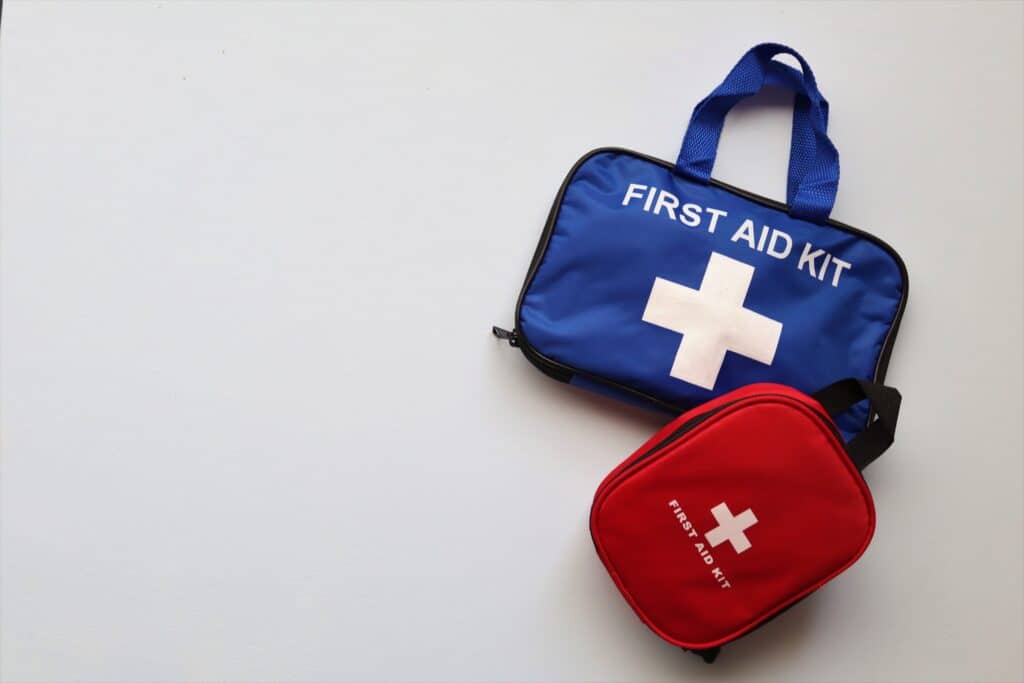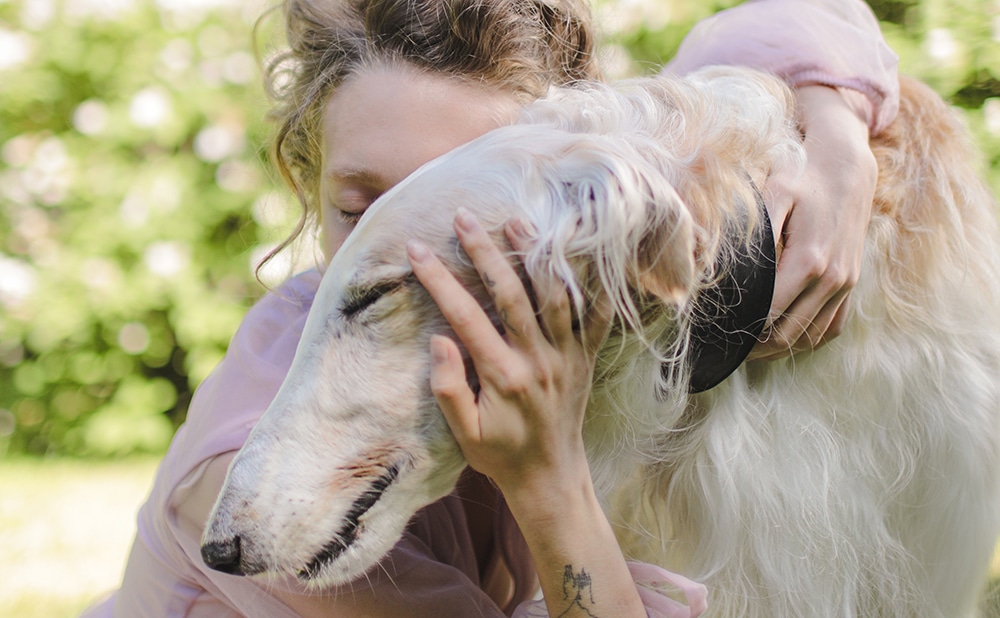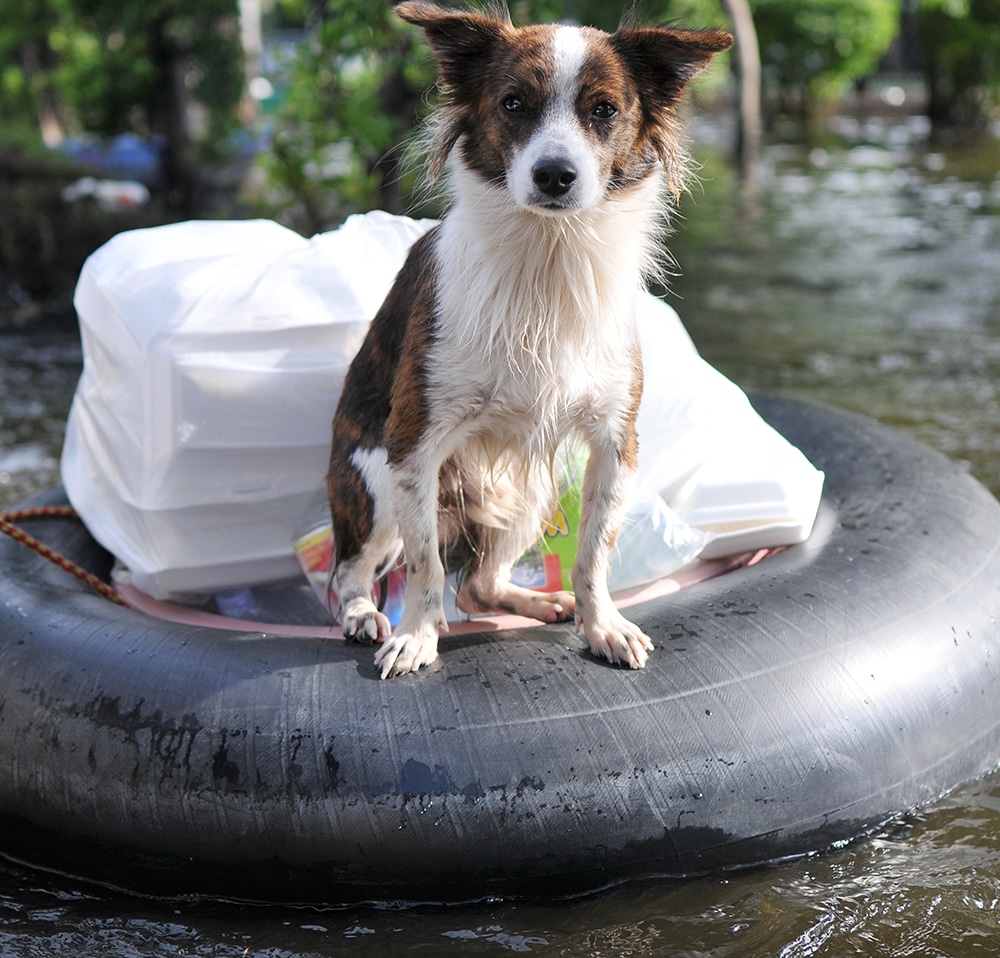Emergency situations can happen unexpectedly. Different areas can be at risk for flooding, hurricanes, tornadoes, wildfires or earthquakes. Knowing what to do before the emergency happens is key to getting you and your pets to safety in time.
This blog goes over how to make a plan, what needs to be in the pet emergency kit and how to help your pets to recover after experiencing an emergency situation.
Making a Plan
Evacuation Plan
No matter the emergency situation or natural disaster, every household should have an evacuation plan put in place. If the area is not safe for humans, then it is not safe for pets. Be aware of your area’s evacuation routes and map out secondary routes in advance in case of unexpected closures and traffic.
Know your area’s safety zones and set up a family and friends meeting place. Keep a pet’s emergency kit in an accessible area. Assign jobs to different family members to reduce confusion. Practice multiple times for different emergency situations. Read this blog for an example of how to set up an evacuation plan.

Know a Safe Place to Take Your Pets
Not all hotels and motels accept pets. Make a list of available pet-friendly resting spots along the set evacuation routes and have their numbers ready to call to make a reservation if there is an impending evacuation. Some evacuation shelters do not accept pets. For example, the Red Cross is not allowed to house pets, besides service animals, per local and state health regulations. Speak to your local shelter about evacuation shelters that are pet-friendly.
In the event that there are no shelters or hotels that allow pets, speak with a veterinarian clinic to see if they provide boarding to local pets. Another option is to contact family or friends who live further away in a safe area to take in a pet. Be prepared to separate your animals if you have multiple.
When the Owner isn’t Home
Speak with reliable neighbors, friends or family who live close by to step in when an emergency situation occurs and the pets are home alone. Go over the evacuation plan, where to safely bring pets and what is in the pet emergency kit. Whether the owner is out to dinner or out of town, another person should be put in charge to ensure the safety and well-being of the household animals.
Keep Microchips and ID Tags Updated
Emergency situations can be terrifying for pets and may cause them to escape and run away. A microchipped pet and one wearing ID tags has a higher chance of being reunited with their owner. After natural disasters the shelters are overcrowded. Having easy to access and up to date owner information helps the volunteers be able to clear out pets faster and make room for others that are in need of help. To learn more in-depth about microchips and ID tags read this article.
Pet Emergency Kit
Have an emergency kit ready for pets to help protect and provide for them when a disaster hits the area. Include the listed important items in the preparedness kit to ensure easy access to vital supplies and documents whether the pets are with the owner, have to be boarded or are with a pet sitter.
Important Documents for Pets
Pet emergency kits must include veterinary records of the pets like rabies certificate, prescriptions for any medications, recent Heartworm test results for dogs, recent FeLV/FIV test results for cats, proof of their vaccinations and an overall medical summary. Other important records to include are a photocopy of proof of ownership or adoption, microchip information, a current photo of you and your pet together and contact information. Keep all these documents in a waterproof container or sleeve to prevent damage from floods or rain.
Nutrition and Medication for Pets
Add food and water to a pet emergency kit. Have an amount for each pet to last them between a couple of days to two weeks. Put disposable or collapsible water and food bowls in the kit. Include a manual can opener if the pet has canned food and feeding instructions on how and when to give the animal their meals.
A cat or dog that has prescriptions should have detailed medication instructions printed out and added to the preparedness kit. Flea, tick and Heartworm preventatives are important to include for each pet. A month’s supply of each is the recommended amount.

Other Supplies for Pets
Additional supplies to add to a pet emergency kit are a collar with ID tags, a sturdy harness and leash and a pet first aid kit. Include sanitation supplies for accidents, grooming items to keep the pet clean and tidy and their favorite toys for familiarity. Keep a traveling bag, crate or carrier for each pet near the pet emergency kit for an easy grab when there is an emergency situation.

Help Pets Recover After Emergency Situation
Keep a consistent eye on your pet’s behavior. The stress of what they have been through can cause them to become moody, aggressive, depressed and disorientated. Provide comfort to pets and space to let them decompress and rest. Surround them with familiar toys and blankets to bring them a sense of normalcy. Speak with a veterinarian if the pet continues to regress.

Being Calm in a Chaotic Environment
Keeping calm is the best way to navigate the scary situation that is an unexpected emergency. Having a plan that includes evacuation routes, pet-friendly resting spots and a pet emergency kit helps to keep things orderly and get everyone out of harm’s way quickly. Ensure the safety of pets even when not at home by putting a neighbor, friend, relative or pet sitter in charge and aware of what to do. Creating an environment of calmness also helps the household pets to recover from the shock of experiencing an emergency situation.


